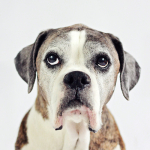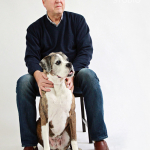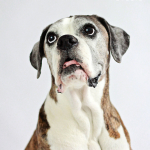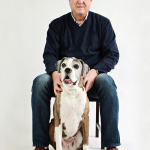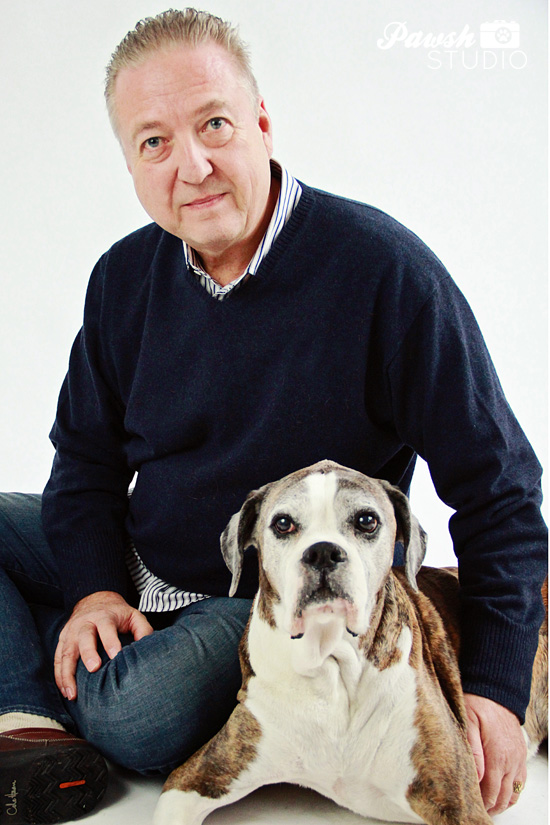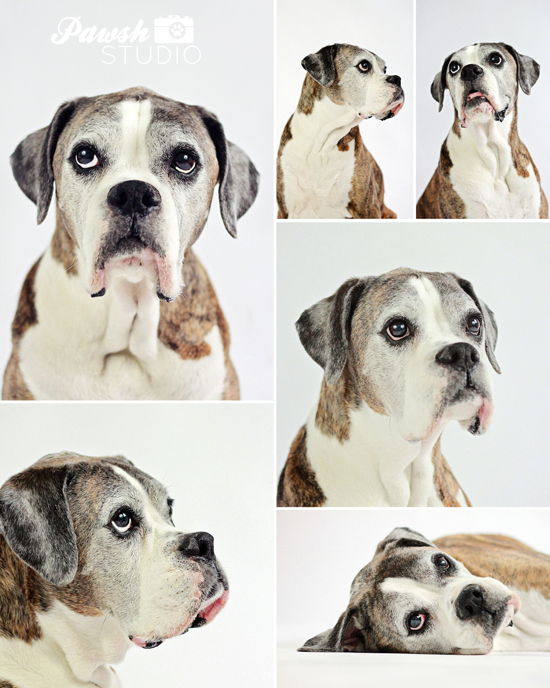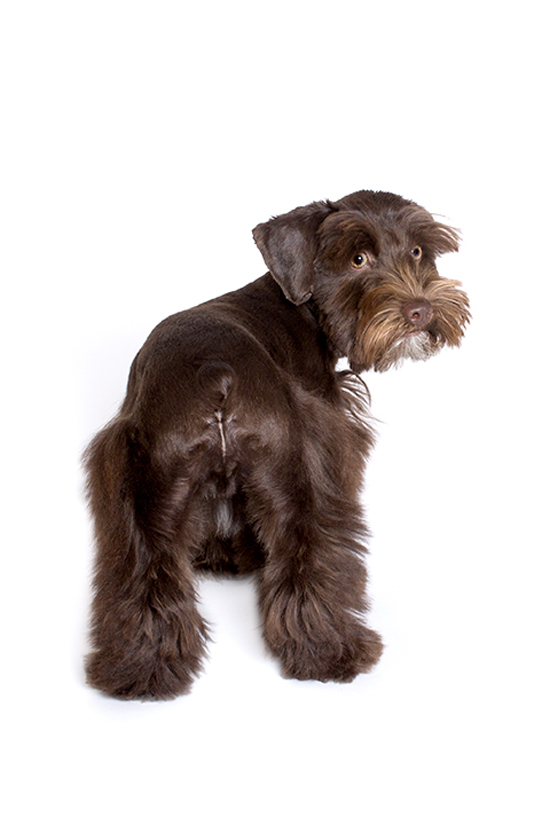 In February while out for a walk with Rory I noticed a small lump on her rear end. Upon closer inspection I decided it looked like an unfortunate spider bite so thought nothing of it. Then later that same day while giving her a bath I noticed that the small lump had swollen up at an alarming rate to the size of a golf ball!
In February while out for a walk with Rory I noticed a small lump on her rear end. Upon closer inspection I decided it looked like an unfortunate spider bite so thought nothing of it. Then later that same day while giving her a bath I noticed that the small lump had swollen up at an alarming rate to the size of a golf ball!
Not sure what to make of it, my guy and I rushed her to the 24-hour emergency vet clinic. The vet told us that she had an impacted anal gland and that if we hadn’t brought her in when we did it would have ruptured.
The vet had to take Rory in for a procedure to lance the glands (yes, both, because by this time the second one was also swelling) and listening from the waiting room to my sweet little dog yelp and scream as it was done* I cried. I felt so guilty, so helpless – why did this happen? Could it have been prevented? (*despite numbing the surrounding area, draining an impacted gland is still quite uncomfortable and scary for a dog.)
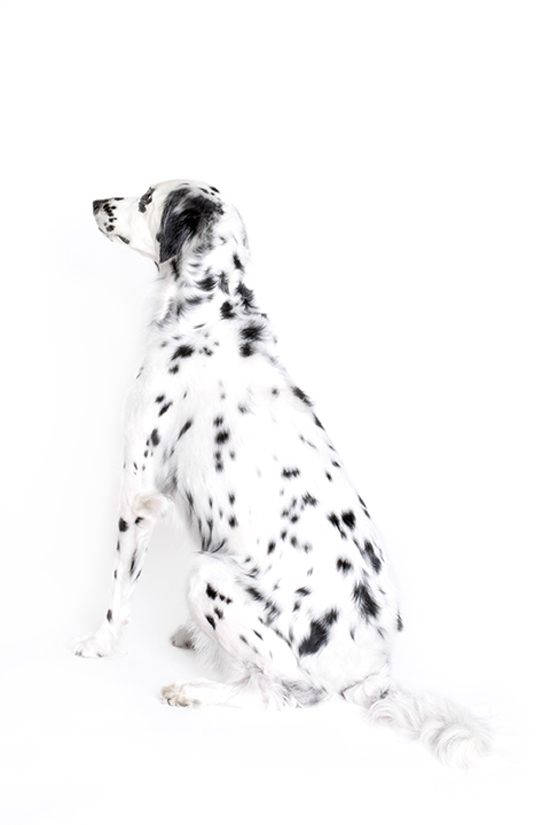 Impacted anal glands were something I was completely unaware of, so once Rory was completely recovered and off her medication, I reached out to Dr. Aleksandra Milaszewska MS, DVM of Queen West Animal Hospital in Toronto for an interview about this condition. Here are her professional thoughts and advice:
Impacted anal glands were something I was completely unaware of, so once Rory was completely recovered and off her medication, I reached out to Dr. Aleksandra Milaszewska MS, DVM of Queen West Animal Hospital in Toronto for an interview about this condition. Here are her professional thoughts and advice:
1) What are the dangers of an impacted or infected anal gland?
Anal glands can get big enough to literally block the stool from coming out. While they won’t be able to render the dog not being able to defecate completely, it makes for a painful and a very unpleasant experience for them. Once the glands get very full, the contents are thick and cannot empty themselves, so anal glands will physically rupture through the skin, which is extremely painful and often bleeds.
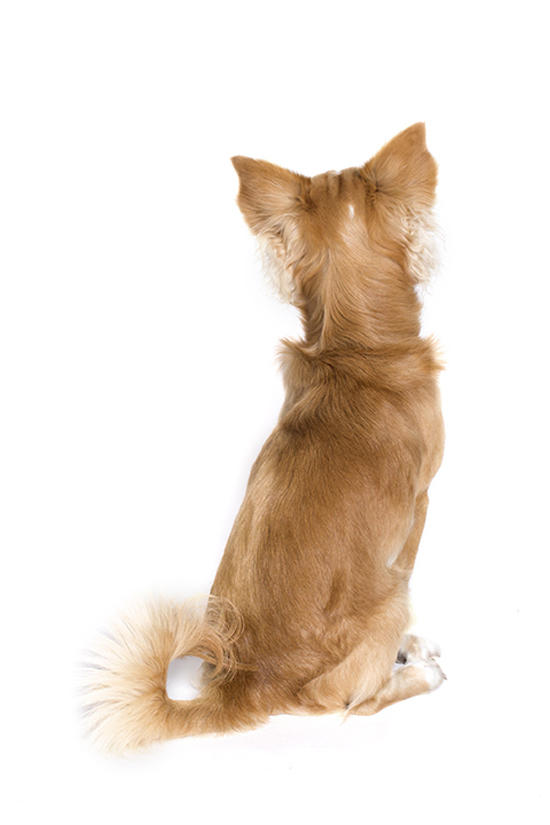 2) What are some common causes of this ailment?
2) What are some common causes of this ailment?
No one seems to know for sure and there is no scientific proof of any theories out there as to what causes impacted anal glands. We suspect diet and genetic predisposition, but nothing has been definitively proven right or wrong. I do tend to see this more commonly and to a more serious extent in obese dogs, but that is just what I am personally seeing in my practice. This in no way means that impacted anal glands do not effect dogs of normal body condition.
3) What are the signs of an impacted anal gland?
Signs can be scooting on the floor, chewing, licking, defecating soft and ribbon like stools. However, sometimes there are no signs until the glands swell, rupture and are bleeding.
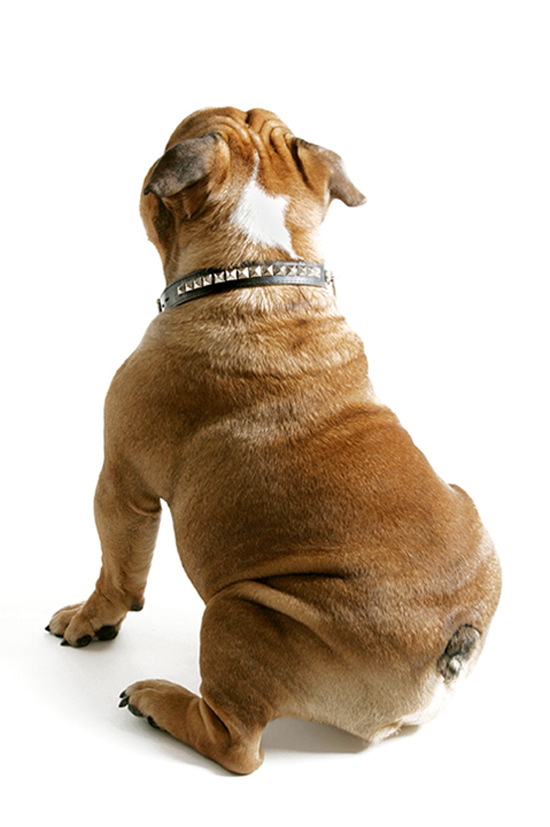 4) What are the dangers of an anal gland that erupts?
4) What are the dangers of an anal gland that erupts?
Ruptured anal glands are painful, infected and swollen. Usually the hole in the skin that the glands make while rupturing is large and may need surgical cleaning and closure. If an infection goes on too long, I have seen them getting necrosis all the way into the muscle layer which requires a major surgery. Difficulty defecating is another problem as it may be too painful to poo.
5) What can owners do to prevent this condition?
Since we don’t know what causes it, it is hard to say what to do to prevent it. There is some anecdotal evidence that increasing fiber in a dog’s diet helps. I have seen it work, but not in all dogs. The best thing to do is to be vigilant as to signs of a problem and check the glands regularly if you think something may be wrong or you know that your dog is prone to this problem.
—
With Rory, we still don’t know what caused her impacted anal glands. But in an effort to prevent a recurrence, I have boosted her daily fiber intake and I take her to the vet about once a month just to have her glands checked out – it’s a quick two minute exam and helps to keep my mind at ease.
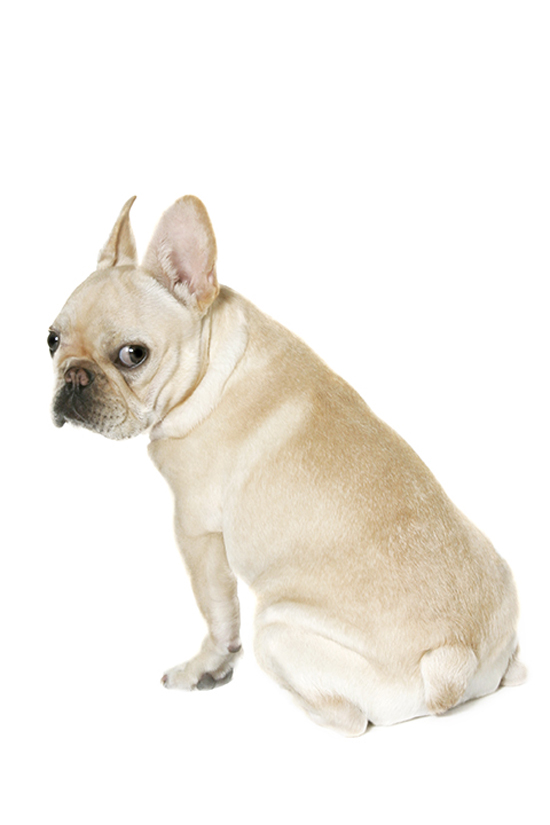 I would also recommend that you specifically ask your vet to check your dog’s anal glands whenever you take them in for their yearly checkup, as some vets do not automatically check during the physical.
I would also recommend that you specifically ask your vet to check your dog’s anal glands whenever you take them in for their yearly checkup, as some vets do not automatically check during the physical.
Needless to say, it was an extremely scary experience and one that I do not wish for anyone, so please keep an eye on your dog’s rear end. It sounds funny, but it is actually a serious issue.
{Special thanks to Dr. Aleksandra Milaszewska for speaking with Pawsh about this ailment and to the wonderful Tonya Pet Photography for the adorable photography,}
***
This article was made possible by DogTrot Fitness — Canada’s exclusive distributor of the PetRun line of dog treadmills — the ideal solution for exercising your dog no matter what the weather is like outside.
 Adequate exercise is equally important to your dog’s wellness as a healthy diet. Even if you can’t run WITH your dog, we can help you meet his exercise needs, regardless of weather. With running decks scaled to suit any stride, there’s a PetRun treadmill for every size of dog! WEBSITE | FACEBOOK | TWITTER
Adequate exercise is equally important to your dog’s wellness as a healthy diet. Even if you can’t run WITH your dog, we can help you meet his exercise needs, regardless of weather. With running decks scaled to suit any stride, there’s a PetRun treadmill for every size of dog! WEBSITE | FACEBOOK | TWITTER
Save

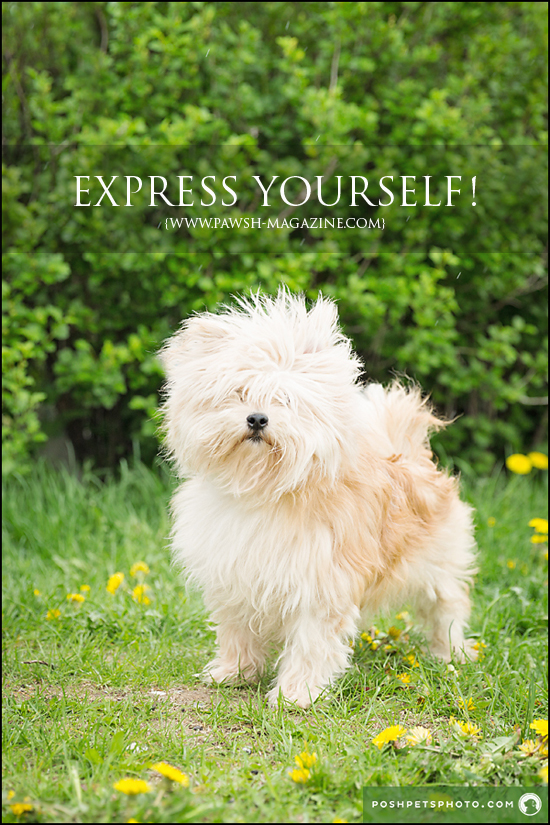
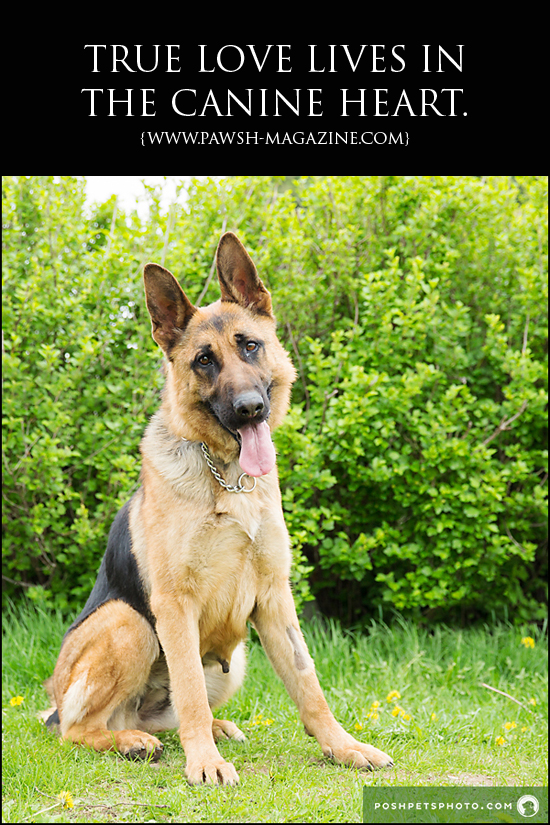 A few dog-inspired words of wisdom for you before we take off for the long weekend (for our non-Canadian readers, it is Canada Day weekend!) Each dog featured in these dog quotes are available for adoption through Toronto Animal Services and are patiently waiting for their forever homes. Have a wonderful weekend celebrating everyone! We’ll be back on Wednesday with some fresh, new features! xo
A few dog-inspired words of wisdom for you before we take off for the long weekend (for our non-Canadian readers, it is Canada Day weekend!) Each dog featured in these dog quotes are available for adoption through Toronto Animal Services and are patiently waiting for their forever homes. Have a wonderful weekend celebrating everyone! We’ll be back on Wednesday with some fresh, new features! xo








